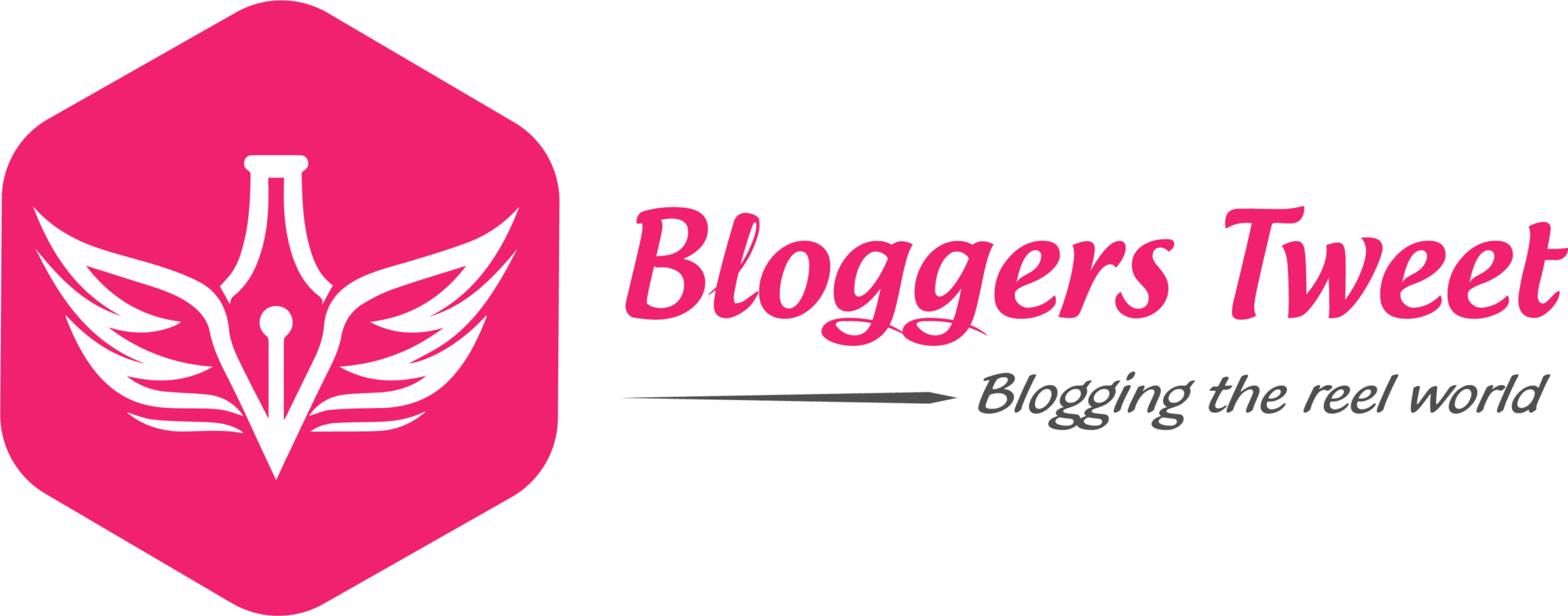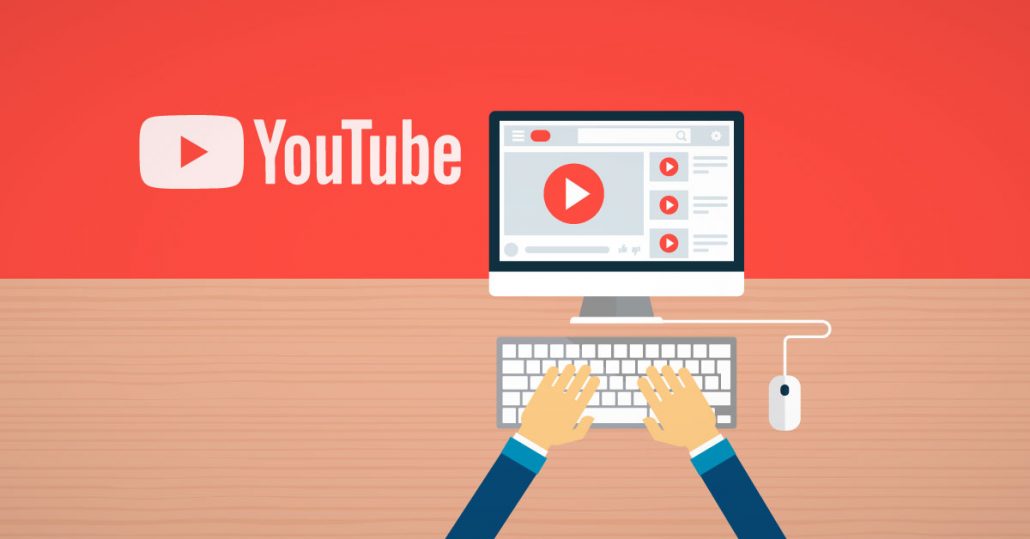Introduction:
Embarking on the journey to become a popular YouTuber involves a combination of creativity, consistency, and strategic promotion. In this blog, we’ll delve into the key steps that can help you not only create engaging content but also effectively promote your YouTube channel to reach a wider audience.
Table of Contents:
- Define Your Niche and Unique Selling Proposition (USP)
- Create High-Quality and Consistent Content
- Optimize Your Video Titles and Thumbnails
- Leverage SEO Best Practices
- Engage with Your Audience
- Collaborate with Other YouTubers
- Utilize Social Media Platforms
- Create Eye-Catching Channel Art
- Run Contests and Giveaways
- Promote Your Channel Offline
Define Your Niche and Unique Selling Proposition (USP):
Identify your passion or expertise.
Determine what sets your content apart from others.
Create High-Quality and Consistent Content:
Invest in good equipment and video editing tools.
Develop a consistent posting schedule to keep your audience engaged.
Optimize Your Video Titles and Thumbnails:
Craft attention-grabbing titles that are both descriptive and intriguing.
Design visually appealing thumbnails that accurately represent your content.
Optimizing video titles and thumbnails is crucial for attracting viewers on YouTube. While there isn’t a specific software dedicated solely to this task, there are various tools and graphic design software that can help you create compelling thumbnails and optimize your video titles.
Here are some popular tools:
Canva:
Canva is a user-friendly graphic design platform that offers templates for YouTube thumbnails. You can customize designs, add text, and use their features to create eye-catching thumbnails.
Adobe Spark:
Adobe Spark provides tools for creating graphics, web pages, and videos. It’s suitable for designing thumbnails with its easy-to-use interface and customization options.
PicMonkey:
PicMonkey is an online photo editing and graphic design tool. It offers features for creating thumbnails, enhancing images, and adding text.
Snappa:
Snappa is a web-based graphic design tool that includes templates for YouTube thumbnails. It’s user-friendly and allows for easy customization.
TubeBuddy:
While not a design tool, TubeBuddy is a YouTube-certified browser extension that provides various features for optimizing your YouTube channel, including suggesting relevant tags, conducting keyword research, and A/B testing your thumbnails.
When it comes to optimizing video titles, you can use standard text editing software like Microsoft Word or Google Docs. However, for more advanced features and collaboration, tools like:
CoSchedule Headline Analyzer:
While primarily designed for blog headlines, it can be useful for crafting attention-grabbing video titles. It provides insights into the effectiveness of your titles based on factors like word balance, length, and sentiment.
Emotional Marketing Value Headline Analyzer:
This online tool evaluates the emotional impact of your headlines. It can help you create titles that resonate with your audience.
Remember to keep your video titles concise, descriptive, and engaging. For thumbnails, focus on creating visually appealing images that accurately represent the content of your videos. Consistency in branding across thumbnails and titles can also contribute to building a recognizable and trustworthy channel.
Leverage SEO Best Practices:
Research relevant keywords and incorporate them into your video descriptions and tags.
Create compelling video descriptions that provide additional context and information.
When it comes to leveraging SEO (Search Engine Optimization) best practices for your YouTube channel, there are several tools that can help you with keyword research, competitor analysis, and optimizing your video descriptions.
Here are some popular tools:
Google Keyword Planner:
While primarily designed for Google Ads, the Keyword Planner can help you discover relevant keywords for your YouTube videos. It provides information on search volume, competition, and suggested bid prices.
SEMrush:
SEMrush is a comprehensive SEO tool that can be used for competitor analysis, keyword research, and tracking the performance of your YouTube channel. It also provides insights into backlinks and social media engagement.
Ahrefs:
Ahrefs is another powerful SEO tool that can assist with keyword research, backlink analysis, and competitor research. It helps you understand which keywords your competitors are ranking for and suggests new keyword opportunities.
TubeBuddy:
TubeBuddy is a browser extension specifically designed for YouTube creators. It offers a range of features, including keyword research, tag suggestions, and analytics to optimize your videos for search.
VidIQ:
Similar to TubeBuddy, VidIQ is a YouTube-certified tool that provides insights into keyword trends, competitor analytics, and helps you optimize your video descriptions and tags for search.
Google Trends:
Google Trends allows you to explore the popularity of search terms over time. It can help you identify trending topics and understand the seasonality of certain keywords.
AnswerThePublic:
This tool generates visualizations of search questions and phrases related to your chosen keyword. It can be useful for creating content that directly addresses user queries.
KeywordTool.io:
KeywordTool.io is a keyword research tool that provides long-tail keyword suggestions. It supports YouTube as a search engine, helping you discover terms relevant to your content.
Morningfame:
Morningfame is a tool designed to help YouTubers grow their channels. It provides insights into video analytics, keyword performance, and offers recommendations to improve your content.
Remember to choose tools that align with your specific needs and workflow. A combination of these tools can offer a well-rounded approach to optimizing your YouTube videos for search and increasing your channel’s visibility.
Engage with Your Audience:
Respond to comments and foster a sense of community.
Encourage viewers to like, subscribe, and share your content.
Collaborate with Other YouTubers:
Reach out to creators in your niche for collaboration opportunities.
Collaborations can introduce your channel to new audiences.
Utilize Social Media Platforms:
Share teaser clips, behind-the-scenes content, and updates on platforms like Instagram, Twitter, and Facebook.
Join relevant online communities and forums to share your expertise.
When it comes to promoting your YouTube channel and engaging with a broader audience, leveraging social media platforms is essential. Here are some strategies and tools to effectively utilize social media for promoting your content:
Facebook:
Create a Facebook Page dedicated to your YouTube channel.
Share teaser clips, behind-the-scenes content, and updates about upcoming videos.
Join relevant Facebook groups and communities to share your content with a targeted audience.
Instagram:
Utilize Instagram Stories and IGTV to share short video clips or teasers.
Design visually appealing posts that highlight your video content.
Use relevant hashtags to increase discoverability.
Twitter:
Share regular updates about your videos, engage with your audience, and participate in trending conversations.
Use eye-catching visuals and short, engaging captions.
Retweet and respond to your followers to build a sense of community.
LinkedIn:
Share informative or educational content from your YouTube channel on your LinkedIn profile.
Participate in relevant LinkedIn groups and discussions related to your content niche.
Pinterest:
Create engaging pins for your videos and share them on Pinterest.
Utilize keywords and hashtags in your pin descriptions to improve searchability.
Snapchat:
Use Snapchat to share behind-the-scenes content or exclusive sneak peeks.
Directly engage with your audience through private snaps or public stories.
Reddit:
Share your videos on relevant Reddit communities (subreddits) while respecting community guidelines.
Participate in discussions and respond to comments to build a presence.
YouTube Shorts:
Take advantage of YouTube Shorts to create brief, engaging content tailored for quick consumption.
Share your Shorts on other social media platforms to drive traffic back to your YouTube channel.
Buffer or Hootsuite:
Use social media scheduling tools like Buffer or Hootsuite to plan and schedule your posts across multiple platforms.
Maintain a consistent posting schedule to keep your audience engaged.
Remember to tailor your approach to each platform and its specific audience. The key is to be authentic, engage with your followers, and provide value beyond just promoting your videos. Building a strong social media presence can significantly boost your YouTube channel’s visibility and help you connect with a wider audience.
Create Eye-Catching Channel Art:
Design a visually appealing channel banner and logo.
Consistent branding helps viewers remember your channel.
Run Contests and Giveaways:
Encourage engagement by hosting contests or giveaways.
Ask participants to subscribe, like, or share your videos to enter.
Promote Your Channel Offline:
Mention your YouTube channel on business cards, flyers, or other promotional materials.
Network at local events and share your content with potential viewers.
Conclusion:
Becoming a popular YouTuber is a journey that combines content creation with effective promotion. By focusing on your niche, creating engaging content, and strategically promoting your channel, you can steadily build an audience and establish your presence on YouTube. Remember, consistency and authenticity are key ingredients in the recipe for YouTube stardom. Good luck!


